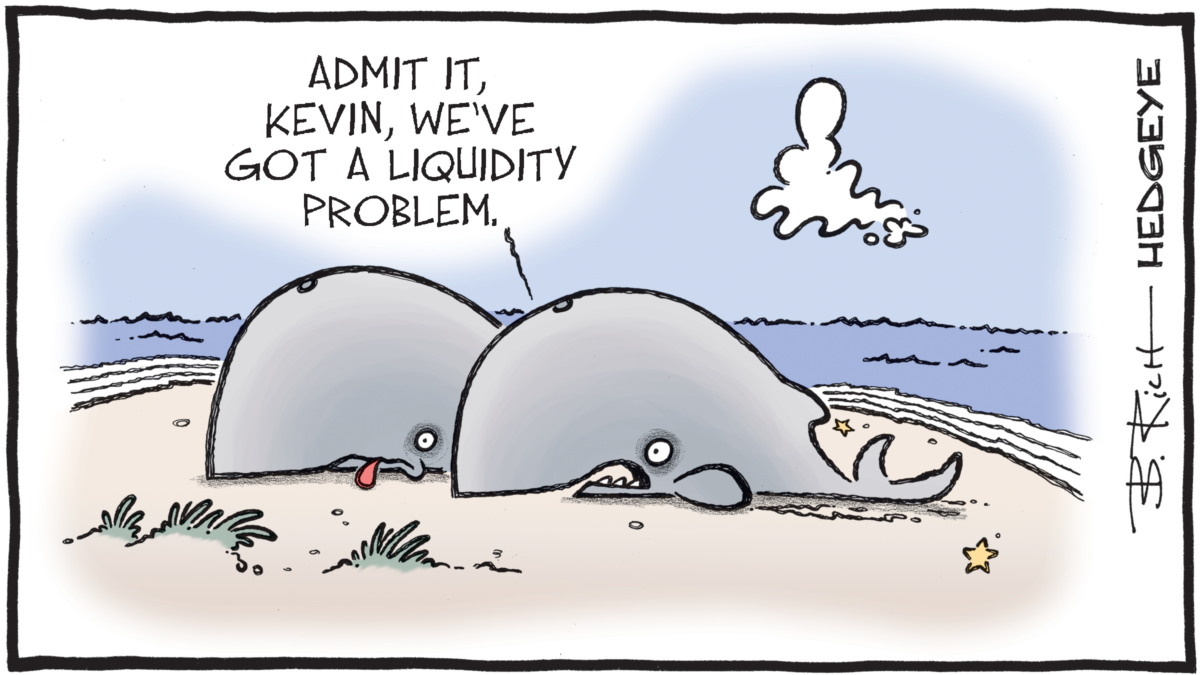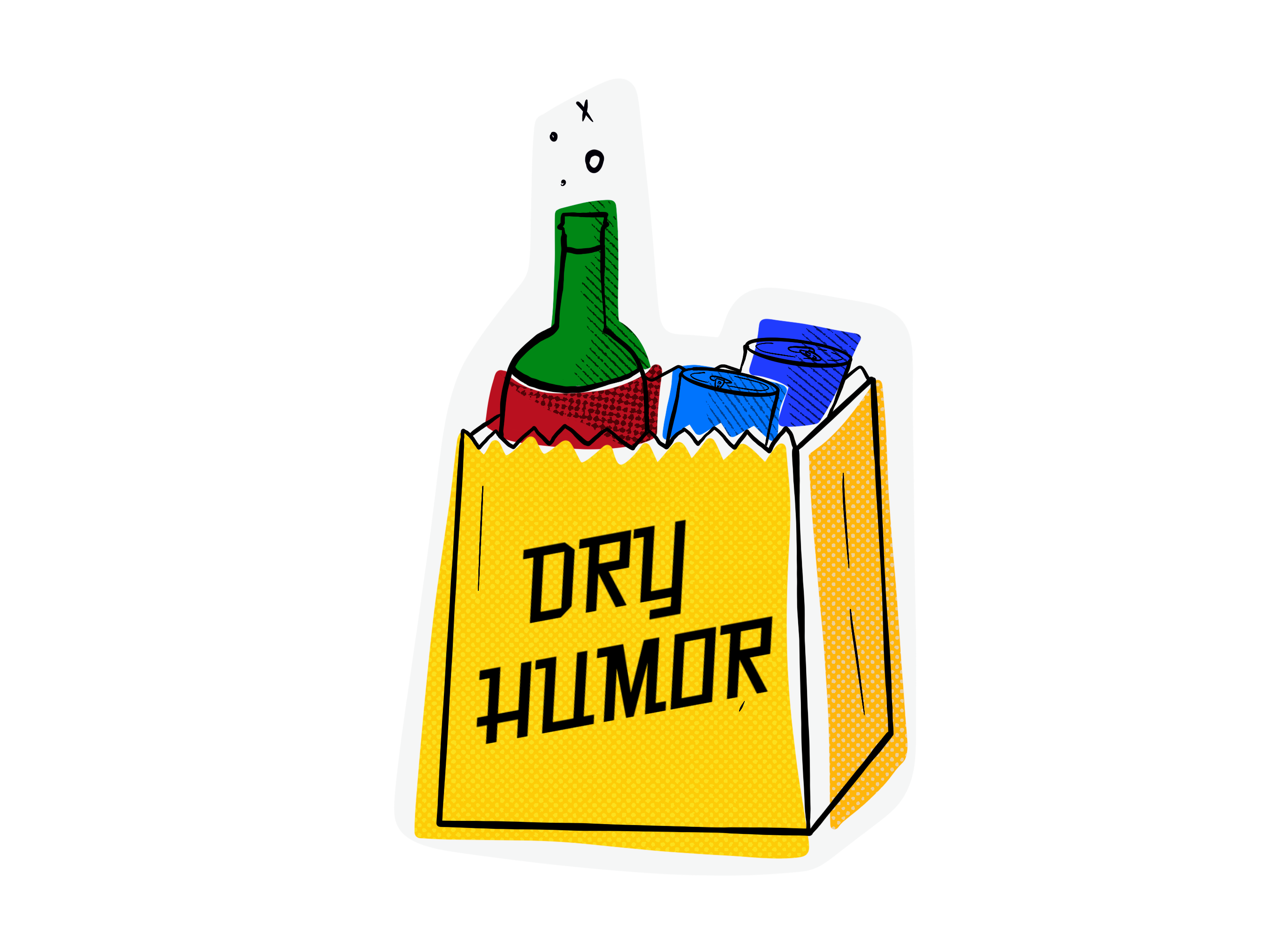Dry Humor Definition: Understanding The Subtle Wit That Leaves Everyone Chuckling
Dry humor definition has become increasingly popular as a form of comedy that relies on understated expressions and minimalism to elicit laughter. It’s a unique style of humor that can be both intriguing and challenging to understand. If you’ve ever encountered someone who delivers jokes with a straight face or uses sarcasm in an understated manner, then you’ve likely experienced dry humor firsthand. In this article, we’ll delve into the nuances of dry humor, exploring its definition, characteristics, and how it differs from other forms of comedy.
Dry humor is not just about telling jokes; it’s about timing, delivery, and the ability to make people laugh without overtly trying to do so. This subtle form of humor often leaves people chuckling long after the joke has been delivered, making it a favorite among those who appreciate wit and intelligence in comedy.
As we explore the world of dry humor, we’ll also look at its cultural significance and how it has evolved over time. Whether you’re someone who uses dry humor in your everyday conversations or simply want to understand it better, this article will provide you with all the insights you need.
Read also:Does Pain Reliever Make You Sleepy Understanding The Science Behind Pain Relief Medications
Table of Contents
- Dry Humor Definition
- Characteristics of Dry Humor
- The History of Dry Humor
- Examples of Dry Humor
- How Dry Humor Differs from Other Forms of Comedy
- The Psychology Behind Dry Humor
- Cultural Impact of Dry Humor
- Famous People Known for Dry Humor
- Tips for Mastering Dry Humor
- Conclusion
Dry Humor Definition
Dry humor, often referred to as deadpan humor, is a style of comedy characterized by its understated delivery. Unlike other forms of humor that rely on exaggerated expressions or loud reactions, dry humor thrives on subtlety and minimalism. The essence of dry humor lies in its ability to make people laugh without the performer showing any visible signs of amusement. This form of comedy often involves sarcasm, irony, and witty wordplay, delivered in a monotone or neutral manner.
Key Elements of Dry Humor
There are several key elements that define dry humor:
- Understated Delivery: The performer maintains a straight face or neutral demeanor while delivering the joke.
- Sarcasm: Often involves saying the opposite of what is meant, but in a subtle way.
- Irony: Using situations or statements that contradict expectations.
- Wit: Quick, intelligent remarks that require the audience to think critically.
Characteristics of Dry Humor
One of the defining characteristics of dry humor is its reliance on subtlety. Unlike slapstick comedy or physical humor, which are visually obvious, dry humor operates on a more intellectual level. It requires the audience to be attentive and engaged to fully appreciate the joke. Here are some key characteristics:
- Minimalism: Dry humor often involves short, concise statements that pack a punch.
- Timing: The timing of the delivery is crucial. A well-timed pause or deadpan expression can enhance the humor.
- Context: Dry humor often relies on the context of the situation to make the joke funny.
- Intellectual Engagement: It requires the audience to think critically and connect the dots.
The History of Dry Humor
The origins of dry humor can be traced back to ancient times, where wit and sarcasm were valued in many cultures. In literature, writers like Mark Twain and Oscar Wilde were known for their use of dry humor in their works. Twain’s ability to deliver sharp, witty remarks with a straight face made him a master of this art form. Similarly, Wilde’s plays and essays often featured characters who used sarcasm and irony to great comedic effect.
Evolution of Dry Humor
Over time, dry humor has evolved to become a staple in modern comedy. Television shows like "The Office" and "Monty Python’s Flying Circus" have popularized this style of humor, making it more accessible to a wider audience. Today, dry humor is celebrated for its ability to make people laugh without resorting to overt displays of emotion or physical comedy.
Examples of Dry Humor
Here are some examples of dry humor that illustrate its unique characteristics:
Read also:Most Expensive Gaming Pcs Unveiling The Ultimate Machines For Gaming Enthusiasts
- "I’m on a seafood diet. I see food, and I eat it." – Unknown
- "I’m not a fan of Mondays, but I suppose they have their redeeming qualities. Like being the first day of the workweek." – Unknown
- "I wanted to buy a belt, but I couldn’t find one that fit." – Mitch Hedberg
These examples demonstrate how dry humor uses understated delivery and clever wordplay to create laughter.
How Dry Humor Differs from Other Forms of Comedy
While dry humor shares some similarities with other forms of comedy, such as sarcasm and irony, it stands out due to its unique delivery style. Unlike slapstick comedy, which relies on physical humor, or satire, which critiques societal issues, dry humor focuses on subtlety and wit. Here’s how it differs:
- Slapstick Comedy: Relies on exaggerated physical actions and loud reactions.
- Satire: Uses humor to critique societal norms and political issues.
- Dark Humor: Focuses on morbid or controversial topics.
Why Dry Humor is Unique
Dry humor’s uniqueness lies in its ability to make people laugh without overtly trying to do so. It’s a form of comedy that requires both the performer and the audience to be on the same intellectual wavelength. This makes it particularly appealing to those who appreciate clever wordplay and subtle wit.
The Psychology Behind Dry Humor
From a psychological perspective, dry humor taps into the human brain’s ability to process complex information quickly. When someone delivers a dry joke, the audience must engage in critical thinking to understand the humor. This process of cognitive engagement can lead to a deeper appreciation of the joke and a more lasting impression.
Why People Love Dry Humor
People love dry humor because it challenges them to think critically and connect the dots. It’s a form of comedy that rewards attentiveness and intellectual engagement. Additionally, dry humor often creates a sense of exclusivity, as only those who "get it" can fully appreciate the joke.
Cultural Impact of Dry Humor
Dry humor has had a significant impact on popular culture, influencing everything from literature to television. Writers and comedians who use dry humor effectively often gain a loyal following due to their ability to deliver clever, understated jokes. In recent years, social media platforms have also played a role in popularizing dry humor, with users sharing witty memes and jokes that rely on this style of comedy.
Global Perspective
While dry humor is appreciated worldwide, its popularity varies across cultures. In countries like the UK and Australia, dry humor is deeply ingrained in the national psyche, with many comedians and writers using it as their primary form of comedy. In contrast, cultures that value more overt forms of humor may find dry humor less accessible, but still enjoyable when understood.
Famous People Known for Dry Humor
Throughout history, many famous individuals have been known for their use of dry humor. Here are a few notable examples:
- Oscar Wilde: Known for his witty remarks and sarcastic observations.
- Steve Carell: Famous for his deadpan delivery in "The Office."
- Monty Python: A comedy troupe renowned for their use of dry humor in sketches and films.
Biography of Steve Carell
| Full Name | Steven John Carell |
|---|---|
| Date of Birth | August 16, 1962 |
| Place of Birth | Concord, Massachusetts, USA |
| Occupation | Actor, comedian, writer |
Tips for Mastering Dry Humor
If you’re interested in incorporating dry humor into your conversations or performances, here are some tips to help you get started:
- Practice maintaining a straight face while delivering jokes.
- Pay attention to timing and context when delivering dry humor.
- Use sarcasm and irony in a subtle, understated manner.
- Engage your audience by encouraging them to think critically about the joke.
Conclusion
In conclusion, dry humor definition revolves around its understated delivery and intellectual engagement. Whether you’re a fan of witty wordplay or simply appreciate clever jokes, dry humor offers something for everyone. By understanding its characteristics, history, and cultural impact, you can better appreciate this unique form of comedy. We encourage you to try incorporating dry humor into your conversations and performances, and don’t forget to share this article with your friends and family. Let’s keep the art of dry humor alive and thriving!
For more insights into the world of humor and comedy, explore our other articles and stay updated on the latest trends in the industry.


